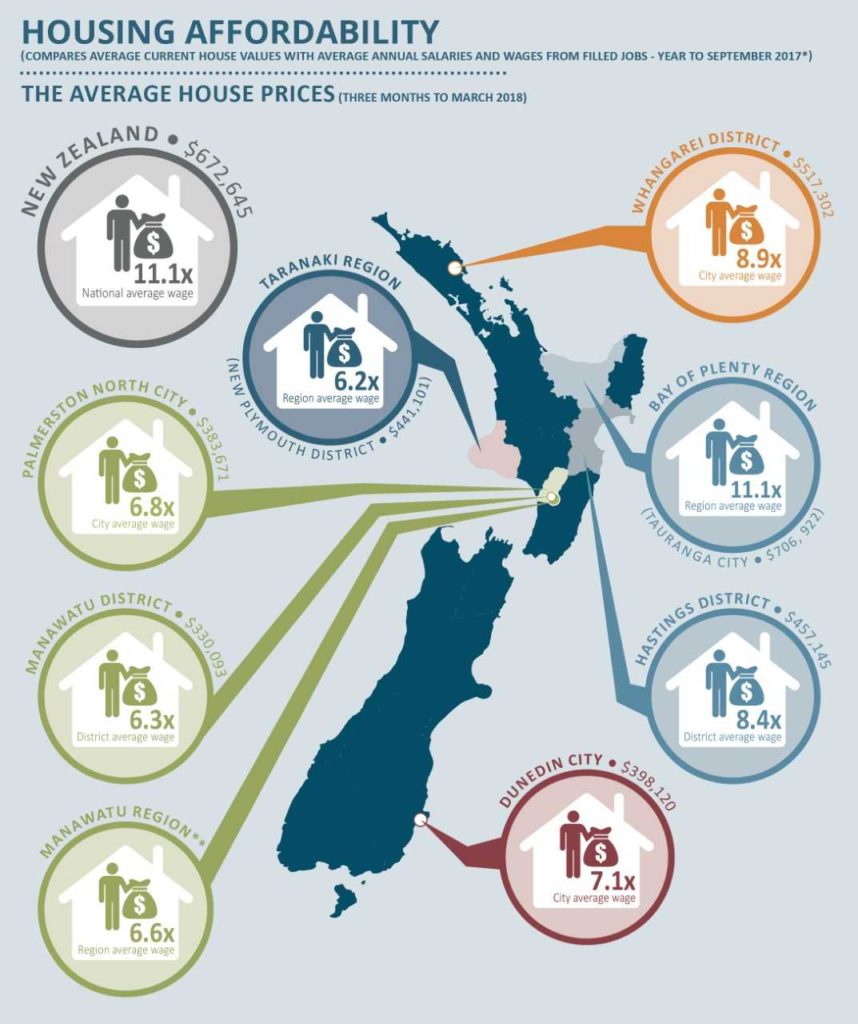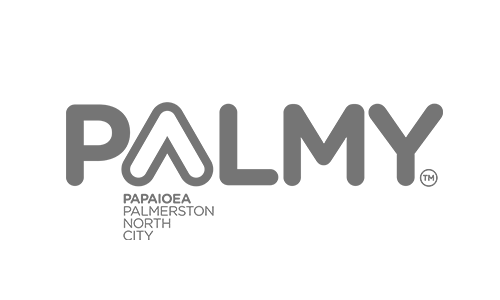House prices in Palmerston North city and Manawatū District are increasing month on month, great news for sellers – buyers may have a different opinion.
However, it needs to be pointed out, Manawatu’s affordability is one of the best in the country, according to the latest data on housing affordability, which compares house prices with average salaries.
The latest Infometrics data for the year to September 2017, shows the average house in Palmerston North cost 6.7 times the city’s average wage; in the Manawatū District, house prices were 6.3 times the average wage. Those ratios are slightly up on the previous year however, compared to the national average, where house prices are 11.2 the average wage, in the same period, we are well placed.

As illustrated, compared to other regions around New Zealand, we have a very solid offering – we’re almost twice as affordable as New Zealand’s average.
For example the average wage in Palmerston North is 94% of the national average ($54,530 vs $58,580, respectively), but the city’s average house price is just 57% of the national average ($672,645). So, residents can earn a similar wage in comparison with other cities, with much more affordable housing on offer. Palmerston North’s wages compare well with Tauranga ($53,990) and Dunedin ($53,360).
“This is a compelling proposition for those currently sitting in our big cities, yet we aren’t getting the population growth that other regions are experiencing, and we need to ask ourselves, why?” says CEDA Chief Executive Linda Stewart.
“There are likely to be a few reasons, including the perception you may need to take a pay cut to work in the region, which isn’t necessarily true given our average salary is only $4,000 less than New Zealand’s average, as well as some what negative perceptions of our city and district that may still persist.”
“Building the profile of our region and showing why it’s attractive to move here and stay, is a main priority for CEDA,” Ms Stewart says.
House sales data from the Real Estate Institute New Zealand shows demand for more affordable homes is high.
In March 2018, 142 residential houses sold in Palmerston North, an increase from 137 in February 2018.
“It is interesting to note that 34 houses or 24% [of the homes sold in Palmerston North] were under $300,000 and 56% or 80 houses were under $400,000,” says Andy Stewart, REINZ Ambassador Palmerston North.
In Feilding, 36 residential houses were sold in March, just two less than the previous month. The median sales price increased to $338,250.
“This continues to indicate that in comparison to other areas around New Zealand, our city and region still has very affordable homes, although prices are definitely rising.”
First home buyers are continuing to be the driving force behind stimulating the lower end of the market, which has a positive flow on effect where people who have already purchased their first home are able to sell and buy a home at a higher level, he says.
To find out more about CEDA, click here. For more information the latest monthly growth indicators, click here.
For more information:
[email protected]
06 350 1830





